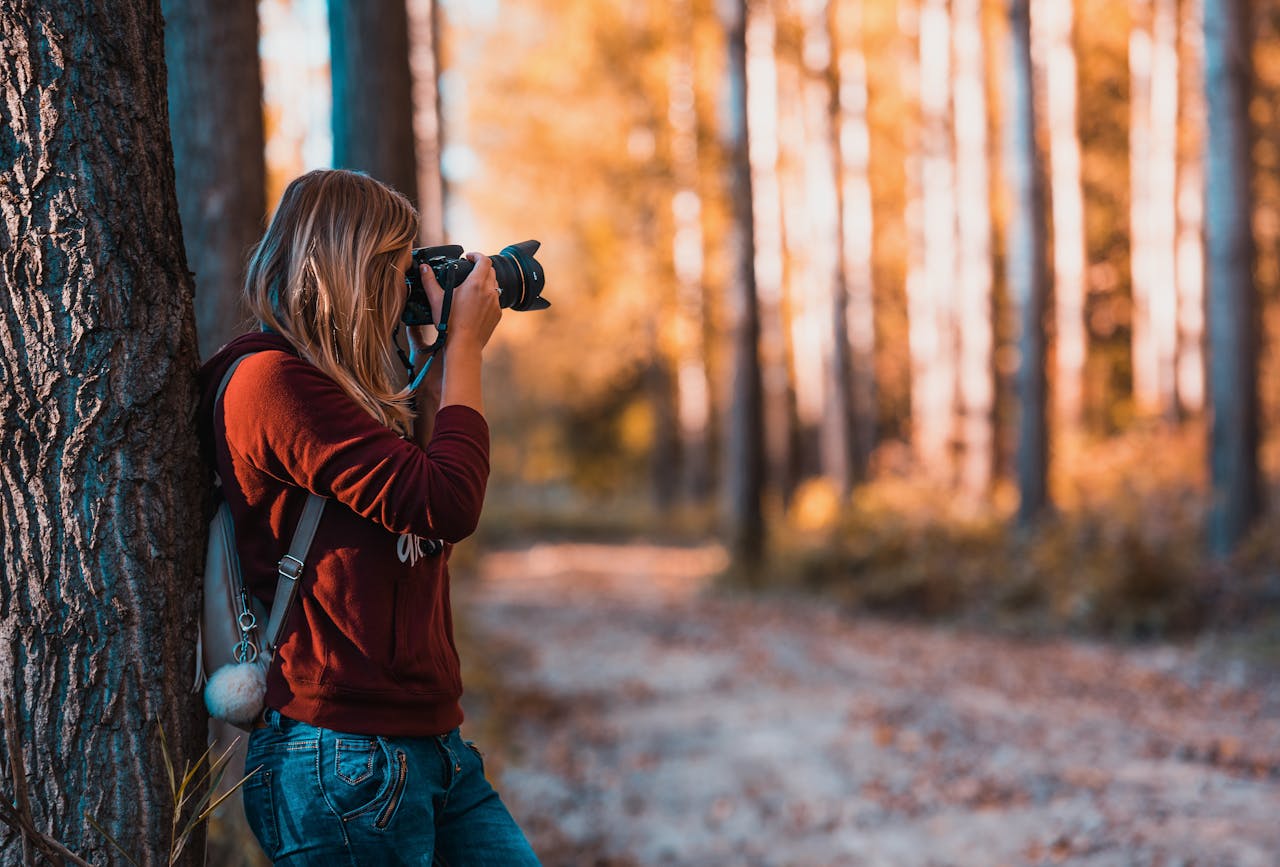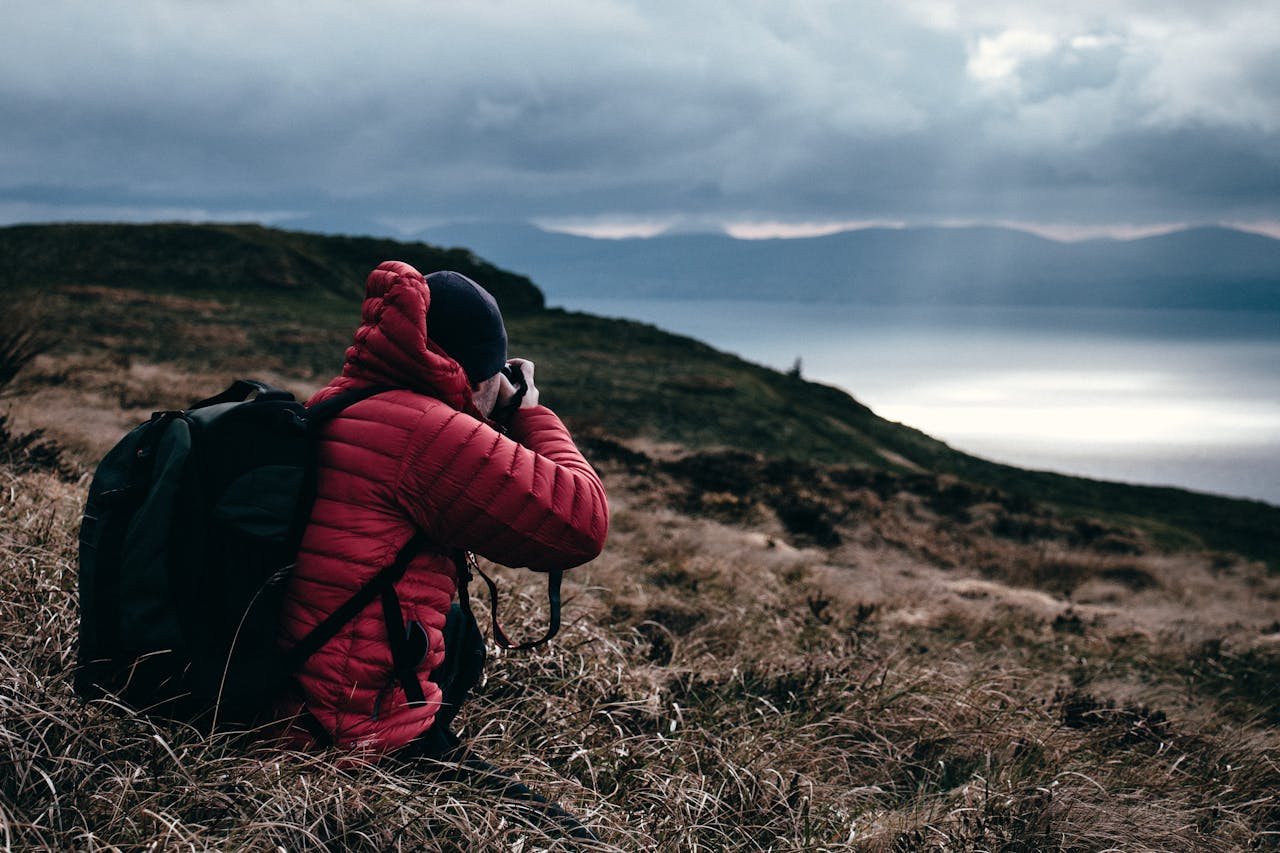In nature photography, the camera sensor you choose can significantly impact the quality of your images, with each type offering its own unique advantages and drawbacks. In this article, we’ll break down what these sensors are, how they impact your photos, and which one might be best for your style of photography.
What is a full frame sensor camera?
A full-frame sensor refers to a camera sensor that measures 36mm x 24mm, the same size as a 35mm film frame. This larger sensor allows for more light to be captured, which translates into better image quality, especially in low-light conditions.
Full-frame sensors offer a wider field of view compared to smaller sensors, making them ideal for landscape and wide-angle shots in nature photography. The extra sensor area also means better dynamic range, preserving more detail in both shadows and highlights.
In practical terms, full-frame cameras deliver sharper, more detailed images, with less noise at higher ISO settings. They also tend to produce a shallower depth of field, which is useful for creating a soft, blurred background (bokeh) when photographing wildlife or isolating subjects in nature.
This gives you greater creative control over how you compose your shots. Full-frame sensors are often found in higher-end cameras, making them more expensive, but they’re a great choice for photographers looking for top-tier image quality and performance.
What is a cropped sensor camera?
A cropped sensor, also known as an APS-C sensor, is smaller than a full-frame sensor, typically measuring around 22mm x 15mm. This smaller size leads to a crop factor, usually between 1.5x and 1.6x, depending on the camera brand.
The crop factor means that the field of view is narrower compared to a full-frame sensor, making distant subjects appear closer. For example, a 50mm lens on a cropped sensor will give you a field of view similar to a 75mm lens on a full-frame camera.
While cropped sensors may not capture as much light as full-frame sensors, they still produce excellent image quality, especially in well-lit conditions. They also tend to be more affordable, making them a popular choice for photographers on a budget or beginners.
Cropped sensors are often favored for wildlife photography because of the extra reach they provide with telephoto lenses, allowing you to capture subjects that are farther away.
However, they can struggle in low-light situations and might produce more noise at higher ISO settings compared to full-frame sensors. Despite this, they offer a good balance of performance and cost, making them a solid choice for many nature photographers.

Lens compatibility and options
Full-frame cameras can use lenses designed for both full-frame and cropped sensors, giving you a wider selection of lenses to choose from. When you mount a lens on a full-frame camera, you get the full field of view the lens was designed for, which is crucial for wide-angle shots in nature photography.
On the other hand, cropped sensors require lenses designed specifically for them. These lenses are typically smaller and lighter, and they take the crop factor into account. For example, a 35mm lens on a cropped sensor will act more like a 50mm lens on a full-frame camera due to the crop factor.
This can be an advantage when shooting wildlife, as you get more reach with shorter lenses. However, you need to be mindful that some lenses made for full-frame cameras may not work properly with cropped sensors. These lenses might cause vignetting (darkened corners) or won’t be able to fully cover the smaller sensor area.
Practical considerations for nature photographers
For landscape photographers, a full-frame sensor is often the better choice. The wider field of view allows you to capture more of the scene, making it ideal for sweeping landscapes. Full-frame sensors also handle wide-angle lenses better, giving you sharper images with more detail, especially in low light conditions during the early morning or late evening hours when light is soft.
If your focus is on wildlife photography, a cropped sensor can be a great option, especially for subjects that are far away. The crop factor effectively gives you more reach, making it easier to photograph animals at a distance without needing extremely long lenses.
This makes cropped sensors more affordable for those who want the benefits of telephoto photography without the high cost of full-frame cameras and lenses. However, while a cropped sensor offers more reach, it may not perform as well in low light or when you need to isolate a subject with a shallow depth of field.
Another factor to consider is weight and portability. Full-frame cameras and lenses tend to be larger and heavier, which can be a disadvantage if you're hiking long distances to shoot. If you need a lighter setup, a cropped sensor camera with a smaller lens can make a significant difference without sacrificing too much image quality.
Ultimately, the decision between a full-frame and cropped sensor comes down to how you approach nature photography. Choose the one that aligns with your style, budget, and the type of nature photography you enjoy most.
